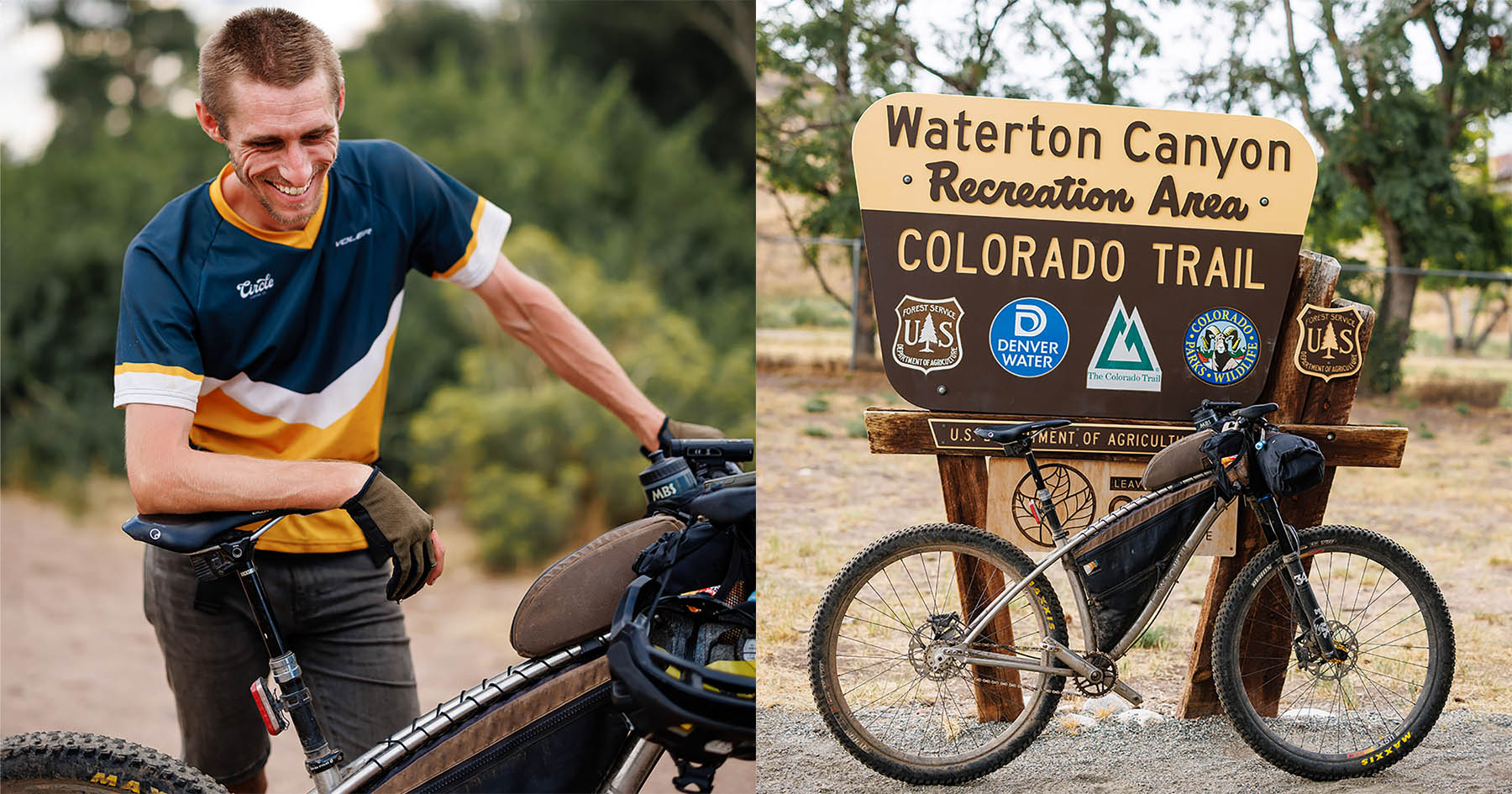PROTECT YOUR DNA WITH QUANTUM TECHNOLOGY
Orgo-Life the new way to the future Advertising by Adpathway
If you’ve watched rain bead up and skate off your shell, you’ve seen DWR doing its job. Durable Water Repellent is a finish applied to the face fabric of waterproof/breathable jackets. It doesn’t make the jacket waterproof; that’s the membrane or coating underneath, but it keeps the outer fabric from soaking up water. When the face fabric “wets out,” the surface gets saturated, breathability nosedives, the jacket feels clammy, and you might think the membrane has failed even though it’s fine. Keeping that outer layer beading is the whole point of DWR.
Fluorinated DWR
A lot has changed in how brands achieve that beading. For many years, the gold standard was a class of long?chain fluorinated finishes often lumped under “C8.” These created a surface that resisted both water and oily contaminants, and they held up well over time. The downside was the environmental and health concerns tied to persistent chemicals like PFOA and PFOS associated with that era. These long-chain PFAS are forever chemicals that are especially prone to bioaccumulation and long half-lives in humans and have been linked to health effects kidney and testicular cancer, cholesterol increases, reproductive impacts, and thyroid and endocrine disruption, among others.
Starting in the 2010s, companies began to move away from those long chains. The first stop was short?chain fluorinated chemistry, commonly called C6. It’s still fluorinated, still great at making water bead, but typically a bit weaker at resisting oils and not as long?lasting as the old C8.
PFC-free and PFAS-free DWR
More recently, there’s been a strong push toward non-fluorinated DWR finishes, often marketed as PFC-free or PFAS-free. These alternatives include silicone, hydrocarbon/paraffin, polyurethane, and newer polymers. When new and clean, many of these bead water very well. Where they tend to lag is in durability under abrasion and in resisting contamination from oils and dirt. They also require more frequent maintenance to maintain optimal performance. Despite that, adoption is growing fast, especially among European brands and lines that prioritize stricter chemical standards.
It’s worth clearing up a common misconception about how DWR works. You’ll sometimes hear that beading happens because there’s a single fluorine atom at one end of a polymer chain that repels water. The real story is broader: DWR finishes work by creating a surface with very low surface energy, which makes it hard for water to spread. Fluorinated materials are exceptionally good at lowering surface energy, which is why they dominated for decades. PFAS?free chemistries aim to accomplish a similar effect without fluorine, and they’ve improved a lot, but they still generally trail fluorinated finishes in oil repellency and long?term durability.
Why Does DWR Fail?
Why does DWR stop working in the field? Three main culprits show up again and again:
- contamination
- abrasion
- aging
Dirt, sunscreen, skin oils, and residues from regular detergents raise the surface energy of the fabric and make it easier for water to wet out. Pack straps, brush, and repeated flexing physically wear down the finish. UV light and time degrade it further. The symptoms are familiar: dark, damp?looking fabric, a cold, clammy feel against your midlayer, and a sense that you’re “leaking.” Often, the membrane is fine: the face fabric is just saturated and blocking moisture vapor from escaping.
DWR Care Tips
The good news is that DWR is surprisingly recoverable with basic care. Start with a proper wash following the care label. Use a technical cleaner like Nikwax Techwash or Granger’s Performance Wash rather than a household detergent, and never add fabric softener. A clean surface restores beading more than most people expect. After washing, add gentle heat if your label allows it: a short tumble on low or a warm iron with a towel barrier helps reorient the finish to the surface.
SectionHiker never accepts payment for gear reviews or editorial coverage. When you buy through affiliate links on our site, we may earn a small commission at no extra cost to you. Help us continue to test and write unsponsored and independent gear reviews, hiking and backpacking FAQs, and free hiking guides. }



















 English (US) ·
English (US) ·  French (CA) ·
French (CA) ·